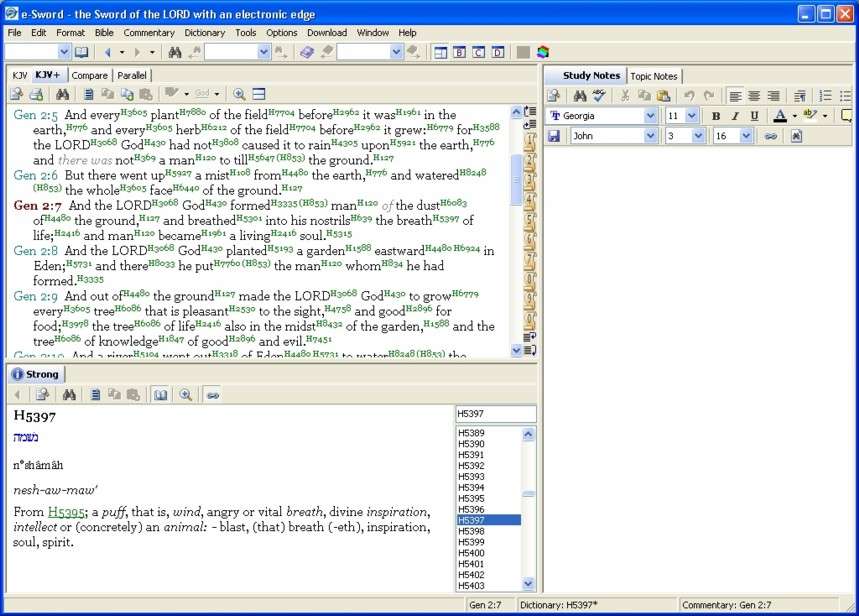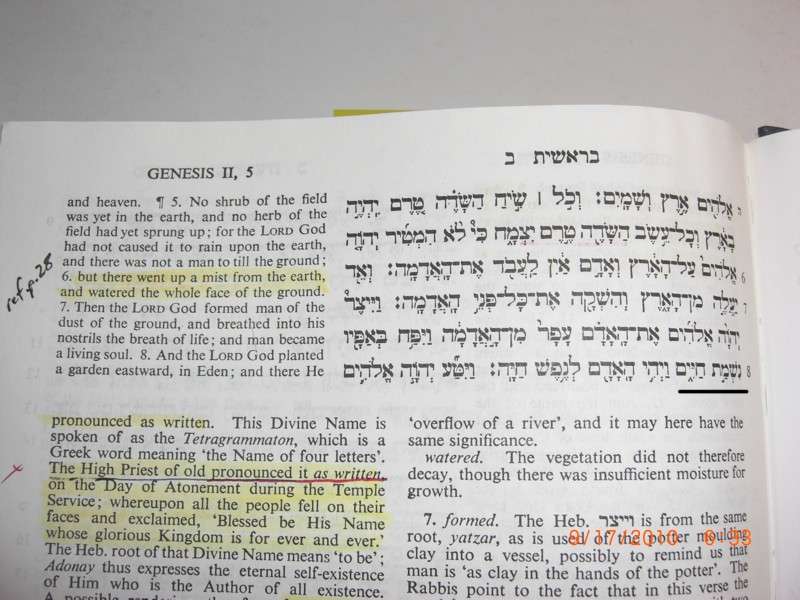The dollar has changed definition many times since then. From wiki, but you can find it on many other resources...
It says the us dollar was free to float, but, David noted this a while back...
http://www.federalreserve.gov/releas...1208assets.htm
Look at footnote number 1.
I don't know how, but, for some reason I can't kick the idea it is still stuck there. The value of US notes are still defined this way I believe, somehow though, we accept them to float right along with the FRNs. This is definitely what has been plaguing my mind for some time. The US Treasury has "sold" gold certificates to the Federal Reserve at the 42.22 dollars per ounce. Basically issued around 11 billion in these certificates, the amount of gold which they possessed, which then the Federal Reserve could lend upon. It was a way to sell the gold, yet keep it in the gov't vaults. That number is locked until the certificates are reclaimed. It's crazy to think about, but the value of the United States notes should be as good as gold.
Another thing, redeeming the FRN for lawful money was also a way for the Treasury to back out of the Federal Reserve system. The gov't took on all the liabilities of debt, but, they could also receive all the assets from the system. Since the US note has been diluted, I can't see why it hasn't kept it's value. Either way...





 Reply With Quote
Reply With Quote





